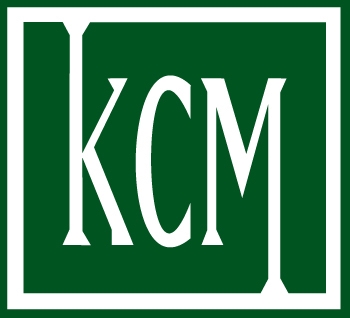Interest rates may soon rise
The Federal Reserve attempts to stimulate or slow the economy by raising or lowering the Federal Funds interest rate, which is the official borrowing rate charged to member banks. Lower rates are an inducement to encourage borrowing and finance loans to invest in plants and equipment and stimulate the economy in an effort to avoid a recession. Higher rates tends to discourage borrowing and slow down the economy and prevent high inflation. Rates have declined for eight years following the 2008 Great Recession.
The first increase of 0.25 basis points (1/4 of 1%) occurred in December 2015. The minutes from the April 2016 Fed meeting indicated an intent to increase interest rates again this year. The timing is still uncertain but many economists and financial professionals believe that the next Fed rate hike may occur in June or July.
Why is another interest rate hike being considered at this time when inflation is still at a historic low? The positive news is that the fears of deflation have eased, worries about China devaluing their currency have declined, oil prices have rebounded, and global growth has been improving. Moreover, the Consumer Price index rose 0.4% in April, as reported by the Labor Department. Further increases are expected as commodity prices and retail sales (except brick-and-mortar stores) are increasing, and consumers are spending money on online purchases, especially home improvement.
In an effort to be proactive, the Fed is balancing these events in an effort to achieve their target 2% inflation rate. Unfortunately, as we observed last year, the Fed’s uncertainty in timing interest rate increases caused increased market volatility. We expect market volatility to follow any future Fed interest rate increases.
In the long run, this news should be viewed positively. Although consumers are spending more, they are also saving more. According to Cornerstone Macro, the U.S. savings rate is approaching 5% today, from a low of 2.5% in 2007. Instead of using the equity in their homes as a piggy bank, consumers have been paying down debt and spending within their means.
Sincerely,
Marv Kaye, J.D., CFP®
Kaye Capital Management

